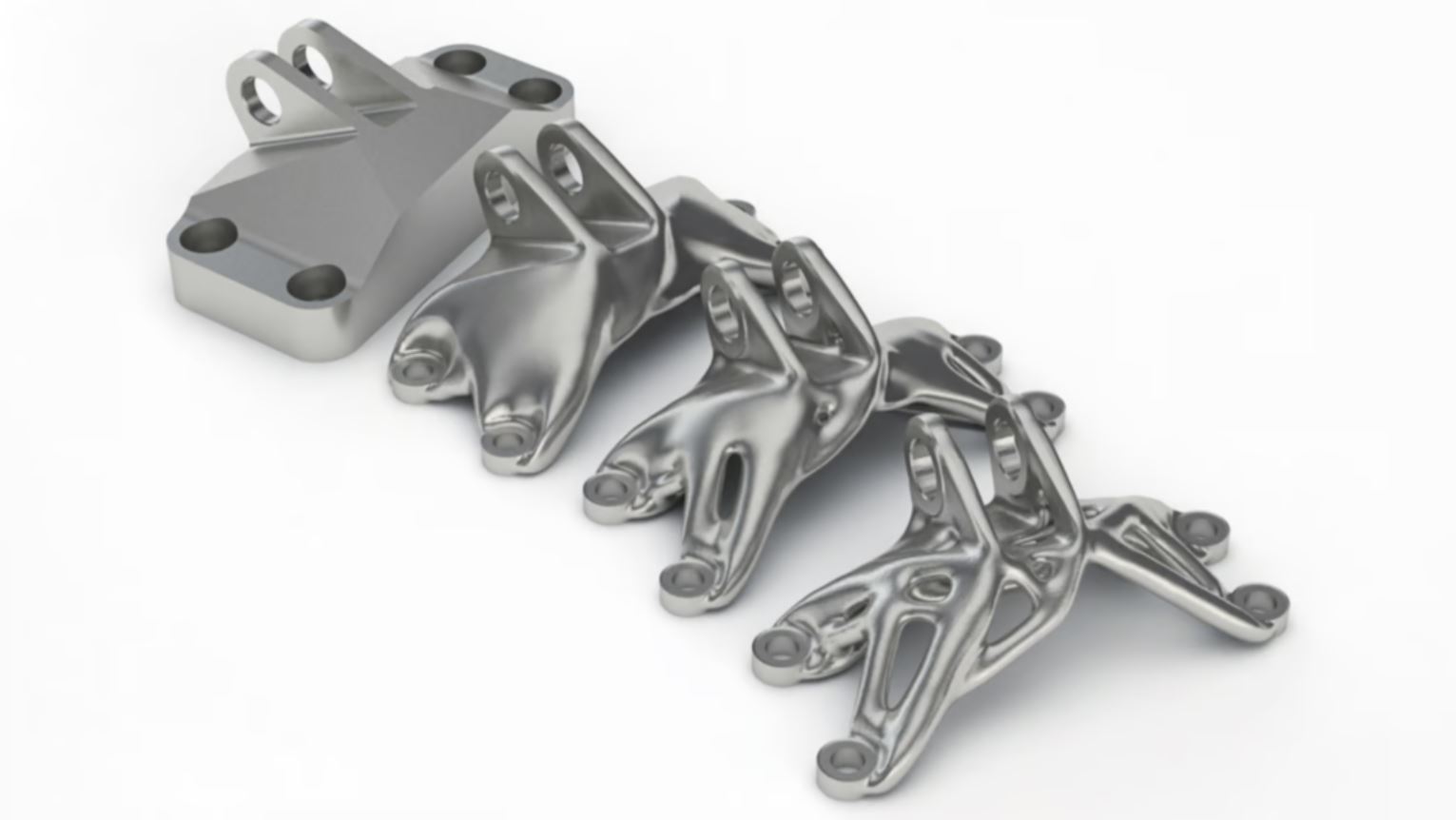 The team at the University of Michigan has captured the very first 3D X‑ray views of magnesium alloys, offering a fresh glimpse into how this lightweight material manages stress. This breakthrough paves the way for vehicles that are not only lighter but also stronger and more cost‑efficient.
The team at the University of Michigan has captured the very first 3D X‑ray views of magnesium alloys, offering a fresh glimpse into how this lightweight material manages stress. This breakthrough paves the way for vehicles that are not only lighter but also stronger and more cost‑efficient.
Magnesium is 30% lighter than aluminium, yet its unpredictable behaviour under stress has long limited its use in vehicle manufacturing. Unlike metals such as steel and aluminium, which have multiple slip systems allowing atoms to move freely and stretch without breaking, magnesium’s atoms have fewer movement directions. This limitation leads to the formation of deformation twins—mirror‑image zones in its crystal structure—that can enhance flexibility but may also result in defects and cracks if overdone.
Researchers observed that all three types of twins form at triple junctions—where three crystals converge—with defects appearing when a twin meets another crystal boundary. Ashley Bucsek, an assistant professor specialising in mechanical engineering and materials science, noted, “This consistent behaviour could be crucial for extending magnesium’s lifespan in challenging applications.”
Before stressing the sample, the team used a CT scanner to map the orientation of its crystal grains, selecting one grain that was ideal for monitoring the twinning process. They then used dark‑field X‑ray microscopy at the European Synchrotron Radiation Facility in France to capture detailed, non‑invasive images. The sample was stretched at three different stress levels—0.6, 30, and 45 megapascals—mirroring forces typically encountered in automotive settings. Sangwon Lee, a doctoral student at U‑M and the study’s lead author, compared observing this live process to having “a front‑row seat” at a dynamic demonstration.
These high‑resolution images are a significant step toward engineering magnesium alloys with improved ductility and stability, bringing the material closer to widespread use in the automotive industry. Future experiments aim to monitor these transformations in real‑time, further enhancing our understanding and control of magnesium’s properties.








